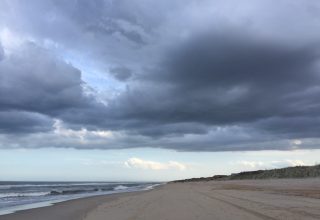
There are also two types of 360 assessments that use a vertical lens. The Leadership Circle is informed by Adult Stage theory and the work of Loevenger, Cook-Greuter, Kegan, and many others. Though Vertical Development and stage language is not explicitly written into the assessment, Vertical Development theory undergirds the capacity-building emphasis of the assessment and report. It is easy to administer and is debriefed with a coach certified in the instrument.
The Leadership Agility 360 based on Bill Joiner and Stephen Josephs’ book Leadership is directly and explicitly connected with the Adult Stage model, using the adult stage names coined by Bill Torbert, What makes this tool unique is the way it uses specific behavioral anchors to identify stage, providing the client with a clear map of behaviors they exhibit. For more information, visit the Leadership Agility 360 website.
Vertical Development is going through a bit of its own maturation process.
Formerly contained within academic and psychological areas of research, this robust and eloquent body of work is making its way into mainstream leadership practice.
Demand for leaders who can navigate the complexity and fast-moving challenges of today’s realities requires us coaches to look more expansively at what we mean by leadership transformation. Vertical Development offers a path that allows us as coaches to step beyond skill, expertise, competence, and heroics to explore greater capacities for leadership.
Download Article
















Rey Carr
March 18, 2016 at 5:56 pm
This article seems like it could be four articles. I say that because I’m not sure how the four parts fit together. First, there’s the importance of a coach being self-aware. Then, there’s a great story about a possible mismatch between the coach’s understanding and the client’s passion. But is the story over? I think I wanted to learn more.
Next, there are the parts about an assessment instrument. This might tie in with the first part, but there’s no lead in as to why this particular instrument is of greater value than others. I was left with the feeling of being in a sales meeting about this instrument. On the other hand, I did learn about an instrument I didn’t know about and how it could be used. This was definitely a benefit.
Jan Rybeck
April 7, 2016 at 11:56 am
Rey
this is indeed just one part of a 4 part series on vertical development and coaching. its the dessert to the meal, the other 3 come before it so i suggest starting with Case for Maturity to understanding the framework and the Map and Territory, the second article to learn even more.
there are actually several instruments that track with vertical development frameworks, they are mentioned at the end of the Coaching Vertically article. And thank you for your comment, it highlights to need to present these in sequence :)
happy to discuss more if you are interested.. jrybeck@verizon.net